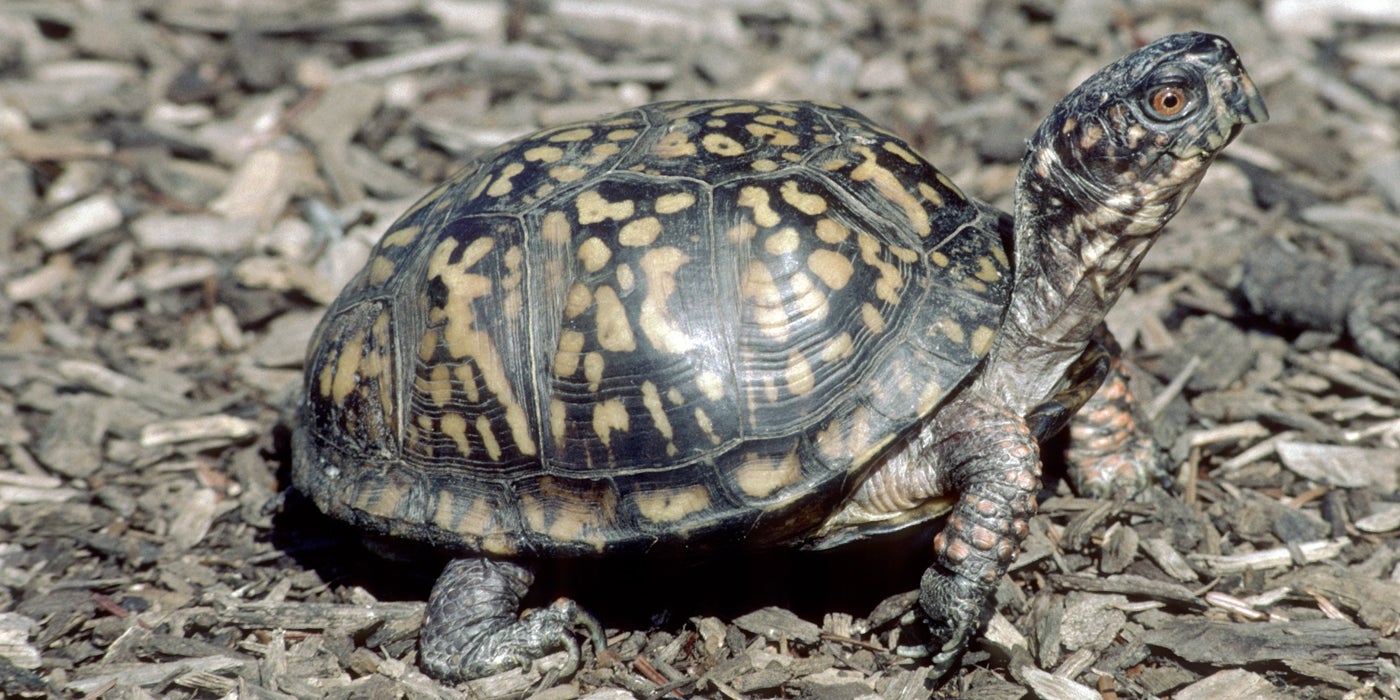Box turtles are fascinating creatures that are known for their intriguing appearance and interesting behavior. These turtles are native to North America and are commonly found in forests, grasslands, and wetlands. If you are considering getting a box turtle as a pet or simply want to learn more about them, one of the questions you may have is: How big does a box turtle get?
The size of a box turtle can vary depending on its species and habitat conditions. On average, most box turtles reach a size of about 4.5 to 6 inches in length. However, some individuals can grow even larger, reaching lengths of up to 7 to 8 inches. It’s worth noting that these measurements refer to the length of the turtle’s shell, also known as the carapace.
Factors Affecting Size
Several factors can influence the growth and size of a box turtle:
| Factor | Description |
|---|---|
| Species | There are several species of box turtles, and each has its own growth rate and size potential. Some common species include Eastern box turtles, Mexican box turtles, and Three-toed box turtles. |
| Genetics | The genetics of an individual turtle play a significant role in determining its size. Just like humans, turtles inherit certain traits from their parents, including potential size. |
| Age | Generally, box turtles grow rapidly during their first few years of life and gradually slow down as they reach maturity. The growth rate varies between species. |
| Sex | Male box turtles tend to be smaller than females in most species. Females need to be larger in order to accommodate eggs during the breeding season. |
| Diet and Nutrition | A box turtle’s diet plays a crucial role in its growth. A well-balanced diet consisting of a variety of insects, vegetables, fruits, and even some meat can help ensure proper growth and development. |
It’s important to note that providing your box turtle with a suitable habitat, proper nutrition, and regular veterinary care is crucial for its overall well-being and growth.
Box Turtle Growth Curve
As mentioned earlier, box turtles grow rapidly during their first few years but eventually slow down as they reach maturity. The growth curve can vary between species, but in general, the growth rate tends to plateau around the age of 10 to 15 years.
During the first year, a box turtle will grow significantly. It’s common for a hatchling to double or triple its size within just a few months. By the end of their first year, most box turtles will measure around 2 to 3 inches in length. As the turtle enters its second and third years, it will continue to grow but at a slower rate.
After reaching maturity, usually around 5 to 7 years of age, the growth will gradually slow down until the turtle reaches its adult size. While growth may continue slightly beyond this point, it will be at a much slower rate.

Credit: svpow.com
Box Turtles in Captivity
Box turtles can be kept as pets, but it’s crucial to provide a suitable and spacious environment for their well-being. In captivity, the growth rate of box turtles may be slightly different compared to wild individuals. This can be attributed to factors such as diet, access to proper lighting and temperature, and consistent veterinary care.
If you own a pet box turtle, it’s essential to monitor its growth and take appropriate measures to ensure it remains healthy. Regular check-ups with a reptile veterinarian are highly recommended to address any potential health issues early on.
:strip_icc()/eboxturtgetty-56a2bc5b3df78cf772795a7f.jpg)
Credit: www.thesprucepets.com
Conclusion
In conclusion, the size of a box turtle can vary depending on its species, genetics, age, and diet. On average, most box turtles grow to around 4.5 to 6 inches in length, although some individuals can reach sizes up to 7 to 8 inches. It’s important to remember that providing a suitable habitat, proper nutrition, and regular veterinary care are essential for the well-being and growth of a box turtle, whether it’s in the wild or in captivity.





Leave a Reply